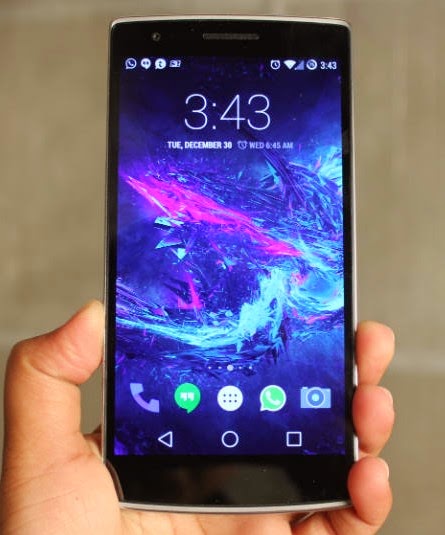July 20th, 1969 Apollo 11 landed on moon carrying a 3 member crew and it became the "Giant leap for mankind". Now after approximately 4 decades Man is planning to land on the Red Planet of our solar system, first crew's expected launching date is in 2024. But, those will go will never return to Earth! See this short video by the Guardian.
9th September, 2013 application Mars One selection program was closed and a total of 2,02,586 applications were submitted mainly from these countries.
1. USA (24%)
2. India (10%)
3. China (6%)
4. Brazil (5%)
5. Britain, Canada, Russia and Mexico (4%)
Medically cleared candidates were interviewed, and 50 men and 50 women from the total pool of 660 from around the world were selected to move on to the third round of the astronaut selection process:.
39 from the Americas
31 from Europe
16 from Asia
7 from Africa
7 from Oceania
Comment below your thoughts And don't forget to like and share this post on the Facebook and share it on Twitter. +1'd it on Google+
To remain updated about techs and their specs, Signup for the Newsletter and,
Follow me on Google+ and Like us on Facebook

.jpg)
.png)
.png)












